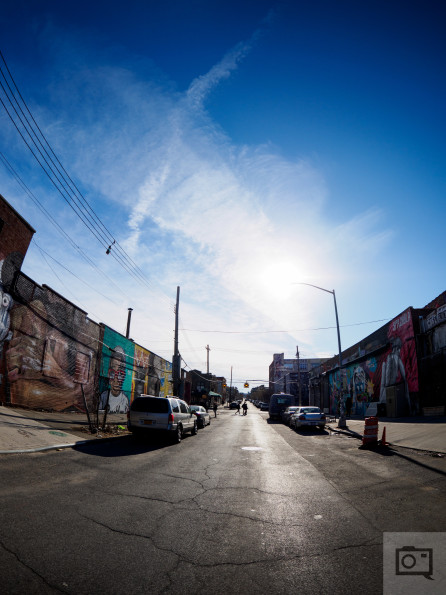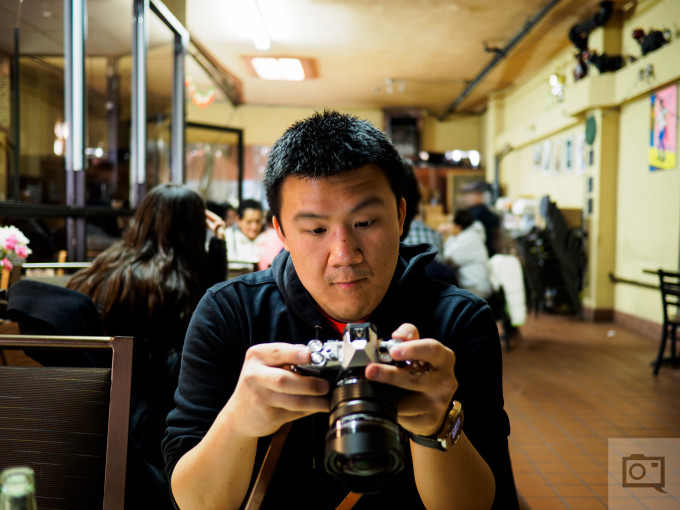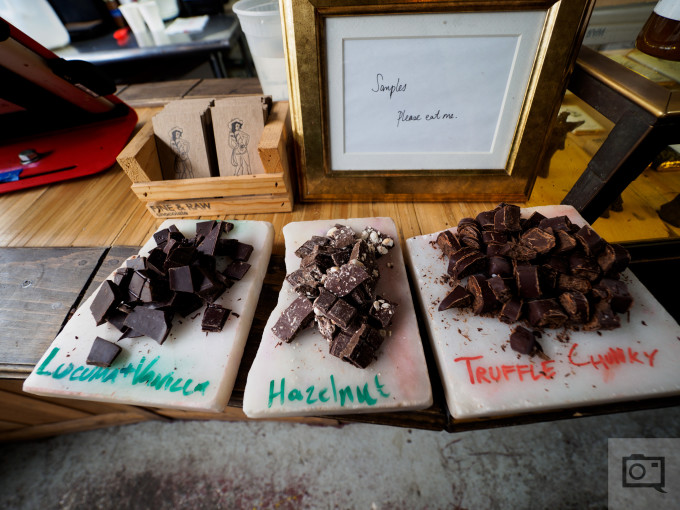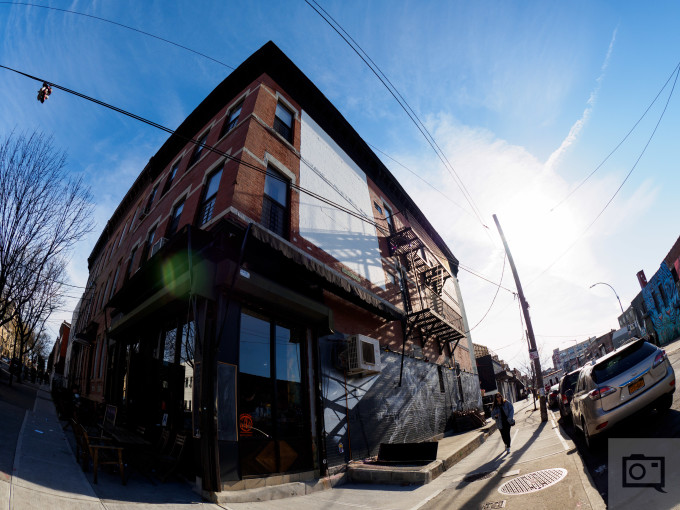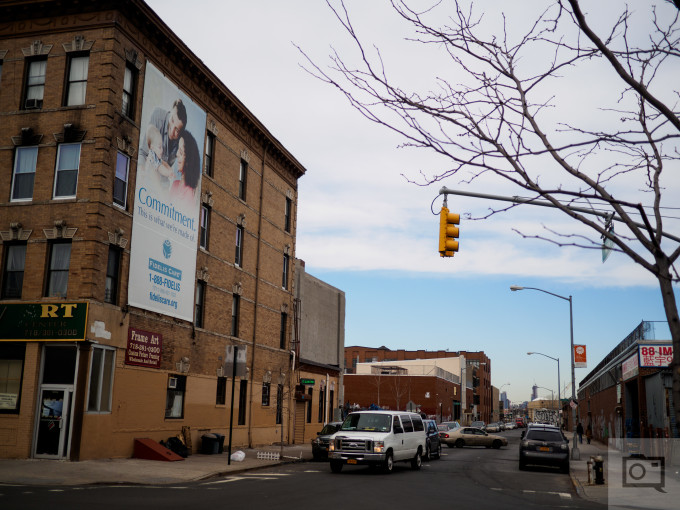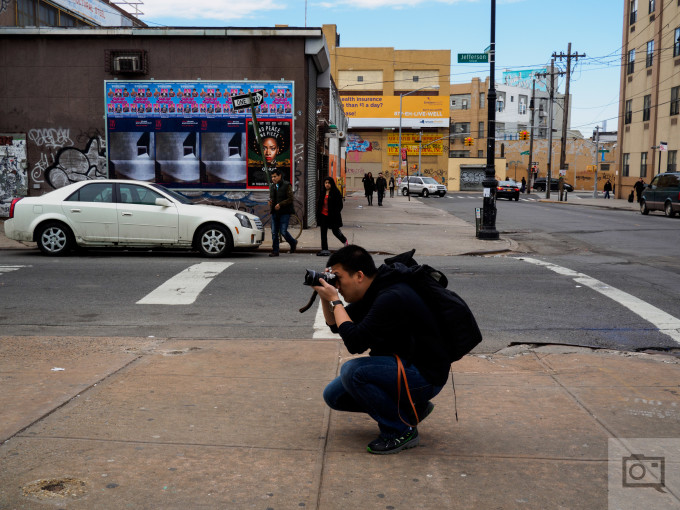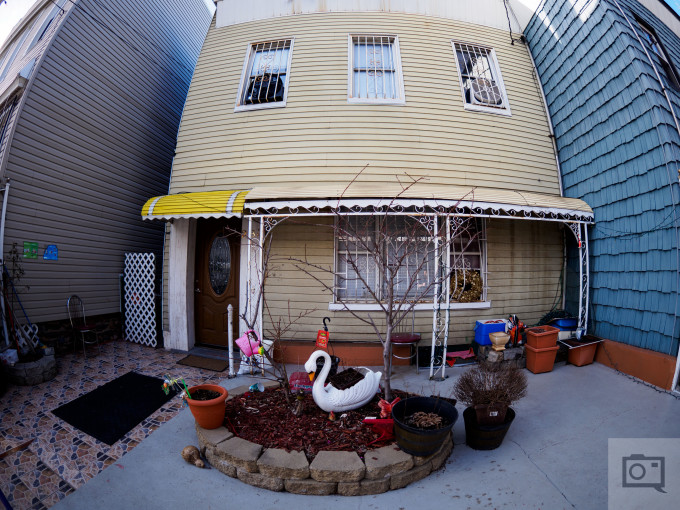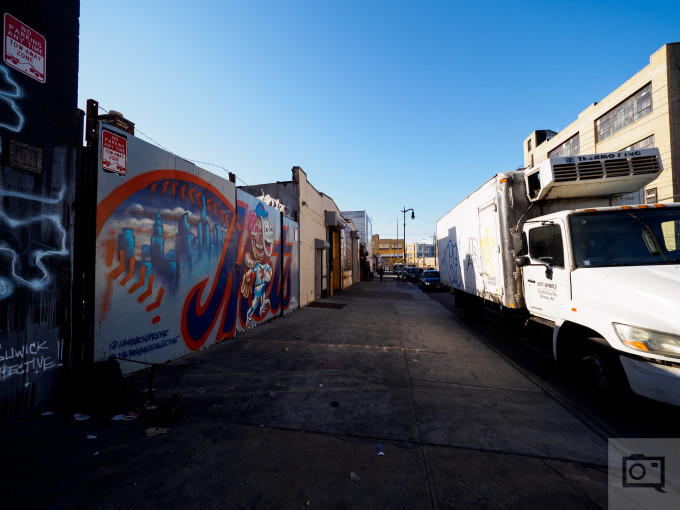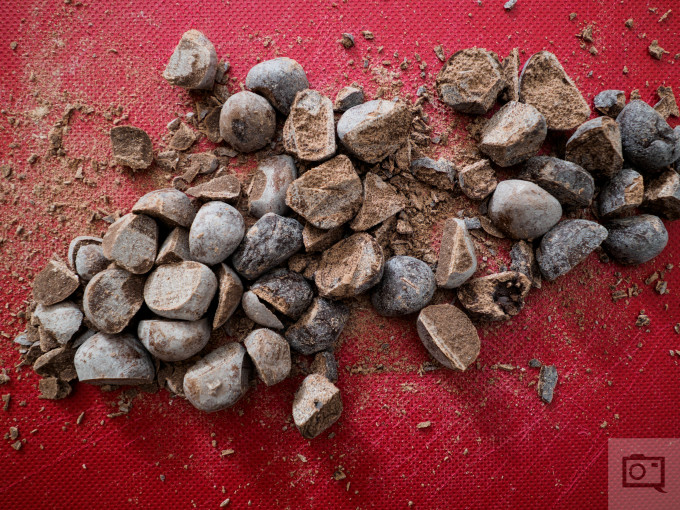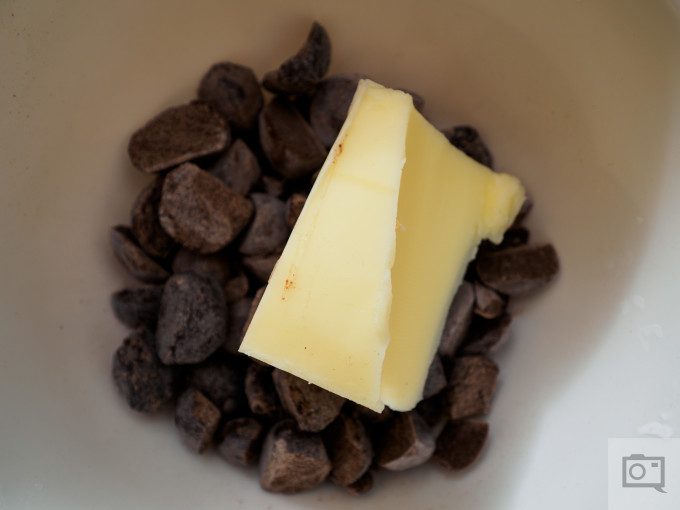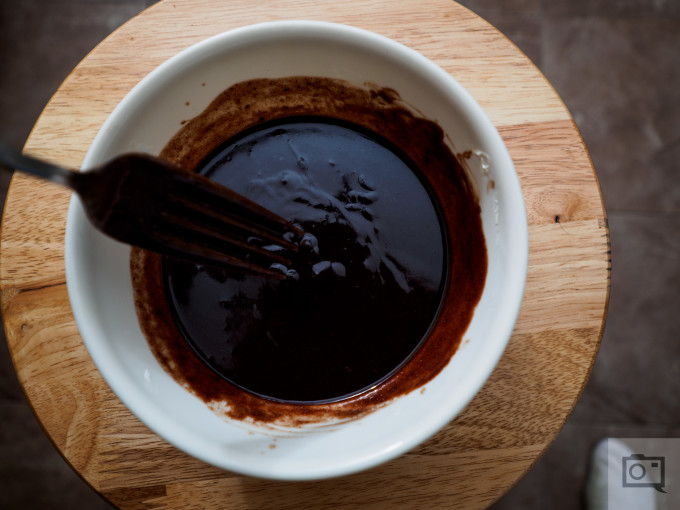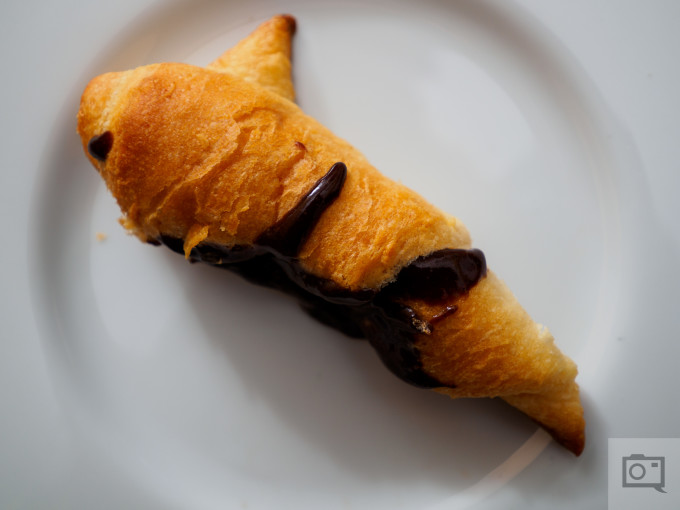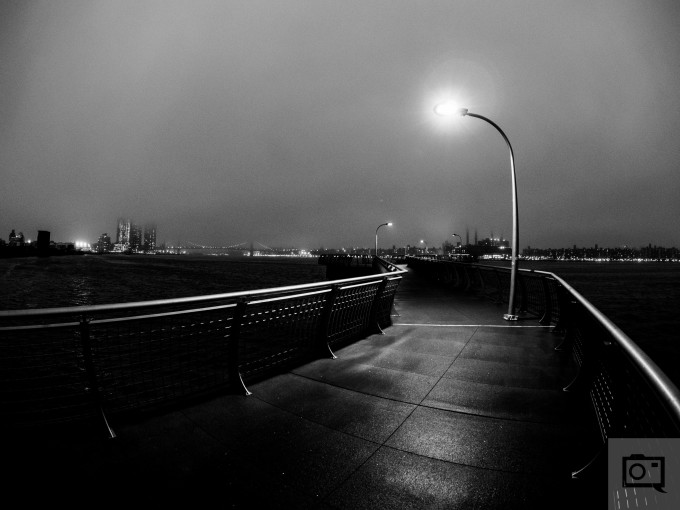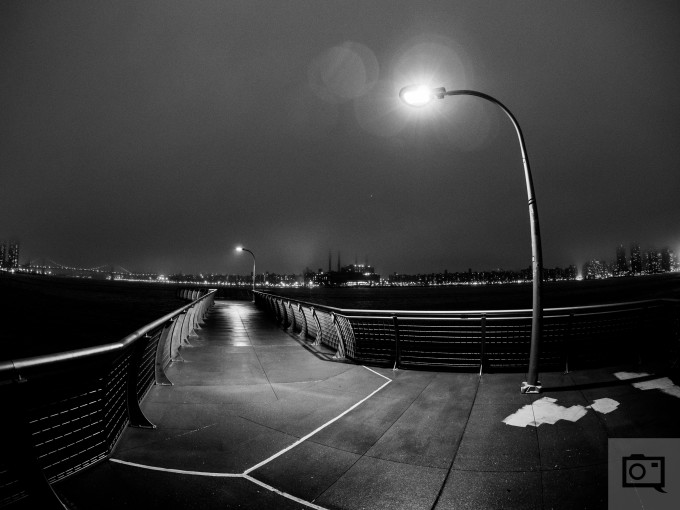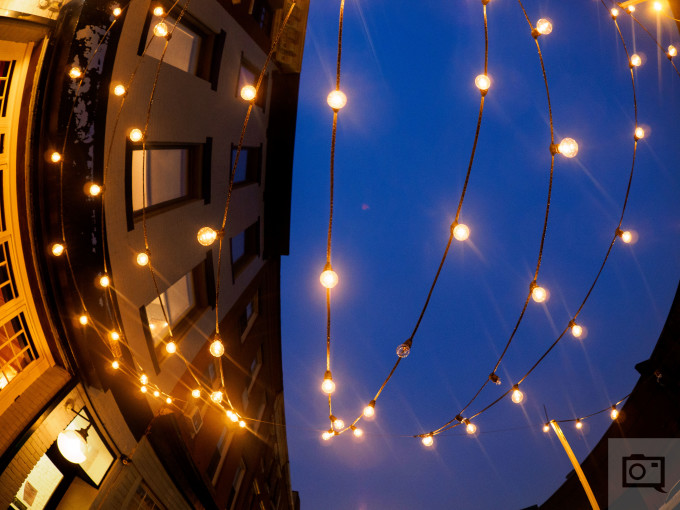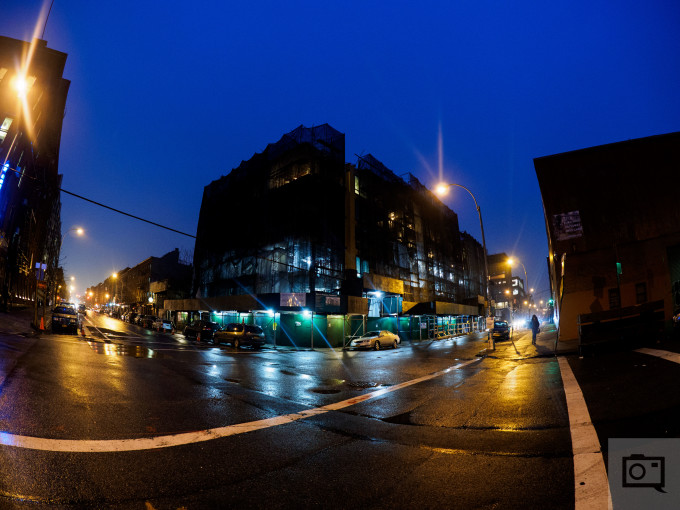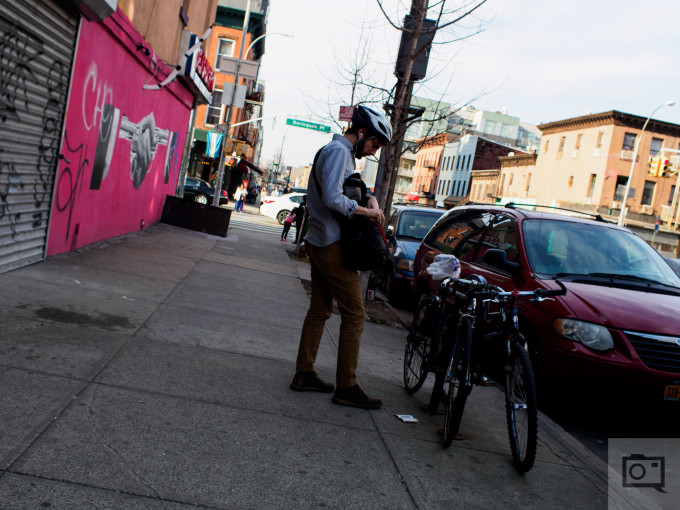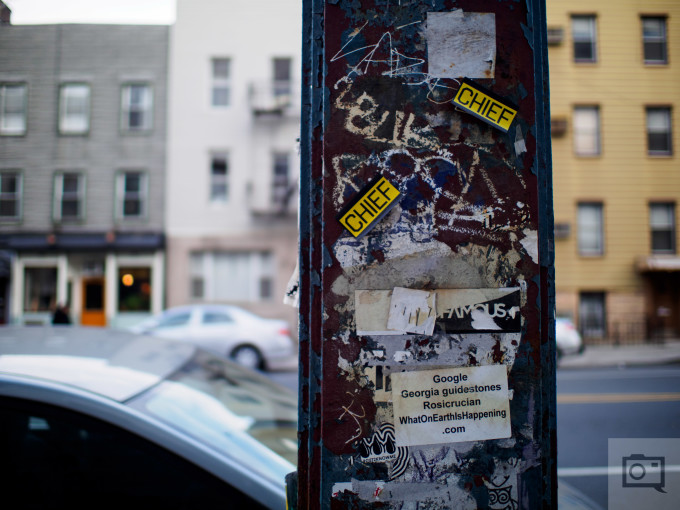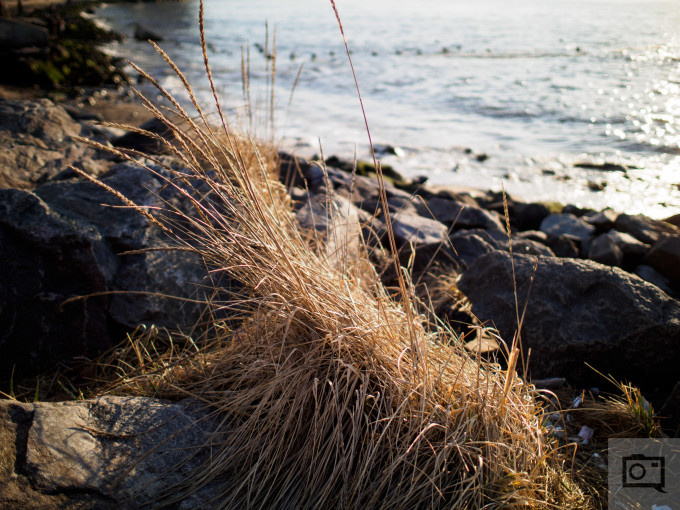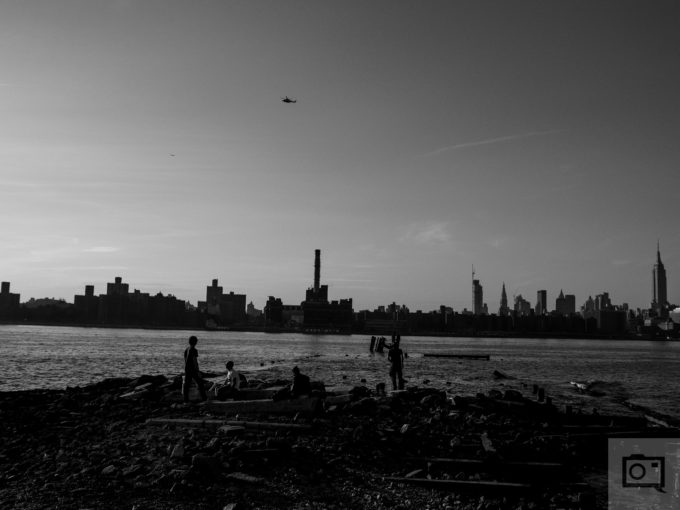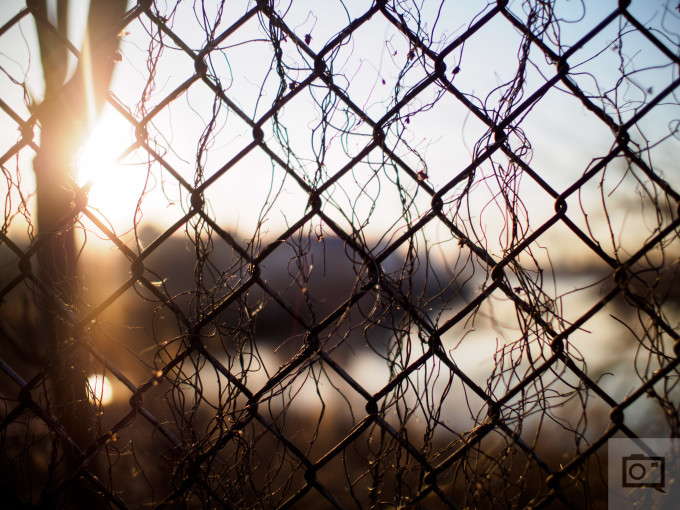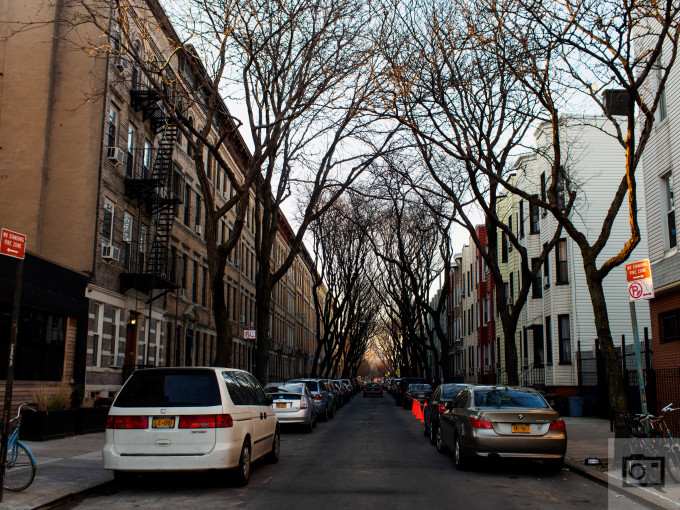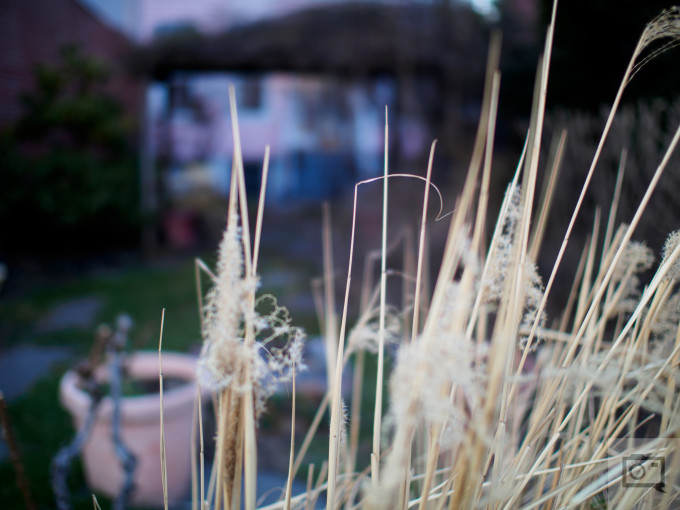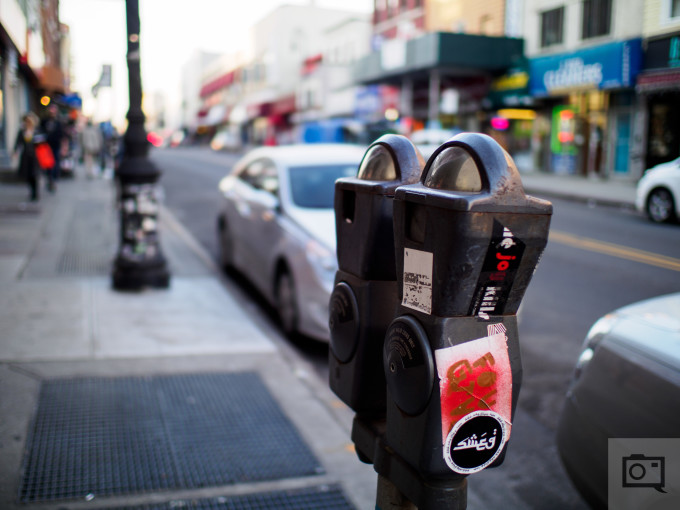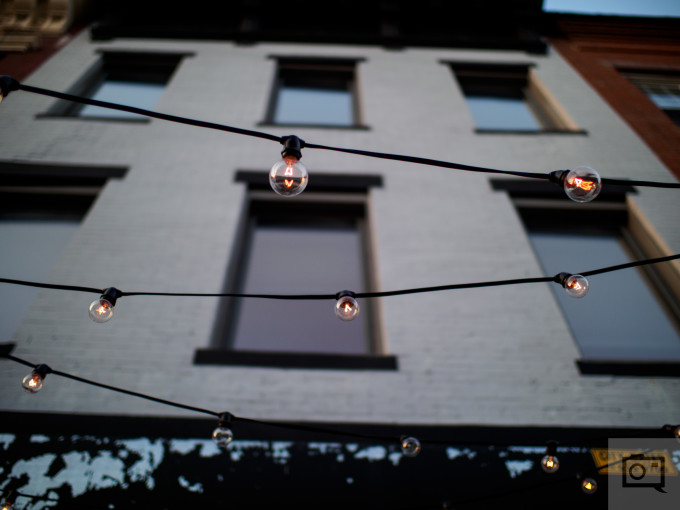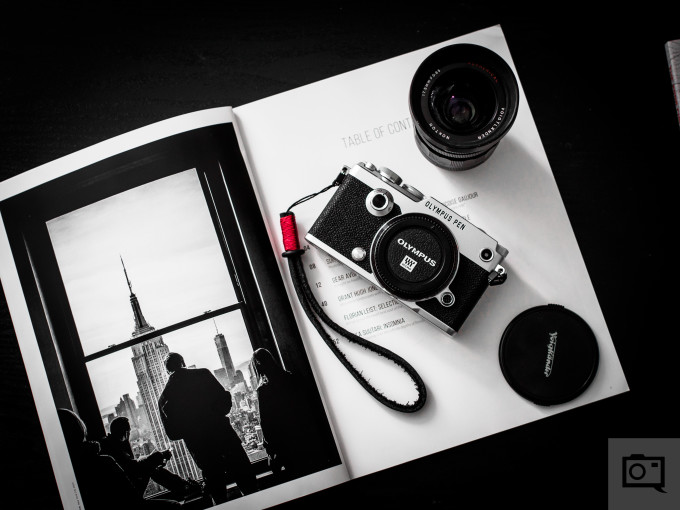Last Updated on 08/23/2019 by Brett Day
If you were to make me pick between Fujifilm and Olympus, I’d probably go with Fujifilm–but the Olympus Pen F is the one camera that has so far completely caught my heart this year. Ergonomically speaking and from a design aspect, it is the absolute most beautiful digital camera that anyone has ever created to this point–trumping even what Leica can do.
It’s a first for the camera company in many ways. The Olympus Pen F the first camera positioned strictly at the high end enthusiast, the first camera with a megapixel count of more than 16MP on the sensor, the first digital Pen camera with a built-in viewfinder, and in some ways it’s the first digital Pen camera to make you sit there and say, “Uhhh, what?”
The cause of this confusion is the price point. It’s fairly high; though a good argument can be made for it being fair.
Pros and Cons
Pros
- The absolute best and in some ways almost perfect image quality from an Olympus ILC camera yet.
- Handles very much like an old analog camera.
- Feels amazing in the hand for street photography
- Thumb rest is absolutely fantastic
- Autofocus performance is more than satisfactory
- Not too large of a camera body.
- Knob that lets me shoot in black and white mode has me addicted to not only shooting in black and white but also being very happy with the JPEGs.
- Flippin’ fantastic JPEG output
- Great EVF
- Electronic shutter is super nice
- The most beautiful digital camera made thus far.
- 80MP High res mode is there but I’m honestly not sure that it should be. It wasn’t really designed for that user.
- I haven’t been this excited about a camera since the Olympus OMD EM5 came out.
Cons
- Price point
- Really, really wish that Olympus put weather sealing into the camera. I’m not exactly sure why it’s not there.
Gear Used
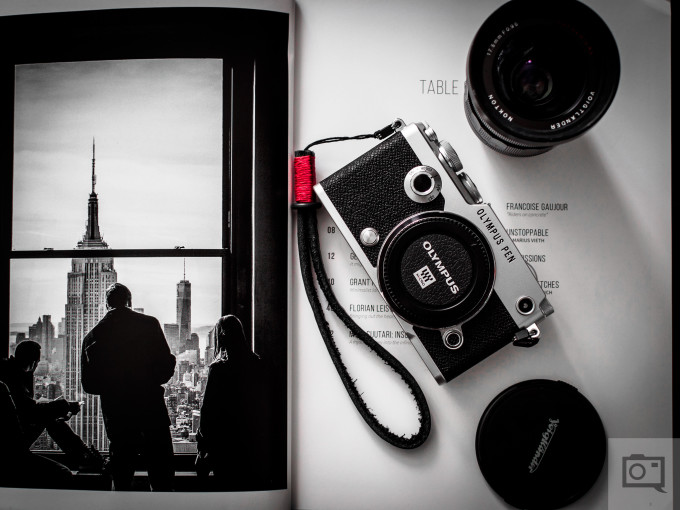
The Olympus Pen f was tested with the Adorama Flashpoint Zoom Li-On flash, 25mm f1.8, Voigtlander 17.5mm f0.95, Olympus 7-14mm f2.8 Pro, 8mm f1.8 Pro, and the Olympus 12mm f2. Additional shooting was done using the Panasonic 20mm f1.7 II.
Tech Specs
Specs taken from the first impressions post.
- 20.3MP Live MOS sensor
- 5 axis image stabilization
- 2.35MP dot OLED EVF
- Exposure compensation dial for three stops each direction
- 81 AF points
- Multiple custom Function buttons
- 80MP high res shot option in RAW, but 50MP in JPEG
- Wifi
- Can shoot up to 10 fps
- Low ISO setting of 80
- Mechanical shutter of 1/8000th
- 1/320th shutter speed flash sync
- Electronic shutter with shooting abilities to 1/16,000
- Monochrome profile control
- The PEN-F will be available in Early March for an estimated street price of $1,199.99 (U.S.) and $1,499.99 (Canada)..
Ergonomics
Taken from the first impressions post.
When looking at the new Olympus Pen F, it’s easy to see just how many cues it takes from the old Pen half-frame 35mm cameras. It clearly states Olympus Pen on the front–but you’ll also find the color profile dial, the AF assist lamp, lens release, and depth of field preview button.
Ergonomically, this all just makes sense on top of the leatherette wrapping all around the body.
The top of the Olympus Pen F is laden with dials and a few buttons. You’ll notice a threaded shutter release with the shutter button on top of a mode dial that is now very much more straightforward with its camera modes, the hot shoe, the EVF, on/off switch, an exposure compensation dial, and a video record button.
This very much feels like and looks like a grown up Pen camera.
The back of the camera features a flip-out style LCD screen on top of buttons, the EVF, and dials. They all do different things and they’re all very useful in their own ways.
What Olympus is really touting is the fact that there are no external screws for this camera–even on the bottom. It’s very much like LEGO pieces in its creation–which will probably mean that it’s tough to repair too.
Build Quality
Let’s get this out of the way: the Olympus Pen F isn’t weather sealed. That little bit annoys me and I’m not exactly sure why they didn’t because it would be a pretty much perfect Micro Four Thirds camera.
Moving on…
This camera has all the knobs, dials, buttons, and more in just the right places. Everything is designed to look very analog and Olympus did a fantastic job of embracing the aesthetics. The only camera that comes close here is the Fujifilm X Pro 2; but its ergonomics aren’t overall as great as this. Sure, the X Pro 2 has some 1ups like the ISO and shutter dial being together and better image quality; but ergonomically it’s almost impossible to beat the Olympus Pen f.
Years and years have gone by since the first digital Pen camera came out. The EP1 was beautiful in its own ways, but the Pen F is the camera that the EP1 should have been in many ways.
Ease of Use
The ease of use is a bit of a mixed bag here. I know loads of people who hate Olympus’s menu systems; and that probably won’t change. They indeed can be deep and confusing at times, but once you’ve got everything customized then you’re all set. That’s going to take a bit of time, but usually not a whole lot.
The overall use though is extremely straightforward. All of the knobs and dials totally make sense but in real life use you’ll eventually keep thinking to yourself why there is no ISO dial. Instead, you’ll need to press a button and scroll across.
That’s not too much of a problem for the most part though.
One problem that you’ll find for sure: this camera eats battery life. Be sure you have extras.
Autofocus
The only situations where the autofocus really seemed to struggle had to do with really badly are in the lowest of lighting situations. Even then, the camera wasn’t missing its focus, it just did so very, very slowly. We’re talking about as slow as slightly melted thick chocolate coming out of a coffee mug.
With Olympus lenses, the camera generally focuses quickly. Where it starts to struggle is with Panasonic lenses. That’s a big bummer as they’ve got all the really good pancake primes.
Metering
During my tests, the Olympus Pen F was subjected to the Phoblographer’s standard Sunny 16 metering test. According to the tried and true format, the camera meters almost perfectly in line with the standard. On average, it tells you to go maybe 2/3s of a stop under. However, digital sensors are prone to doing this and getting one that’s perfectly in line is fairly tough to do. Sony Full Frame a7 cameras as well as the a99 are some of the only ones that can do it along with Canon’s latest DSLRs.
Image Quality
ALL EXIF DATA HAS BEEN LEFT IN TACT. CLICK THE IMAGES AND THE INFORMATION WILL COME UP IN THE URL. ALTERNATIVE, HOVER OVER THE IMAGE AND YOU’LL SEE IT IN THE FILE NAME.
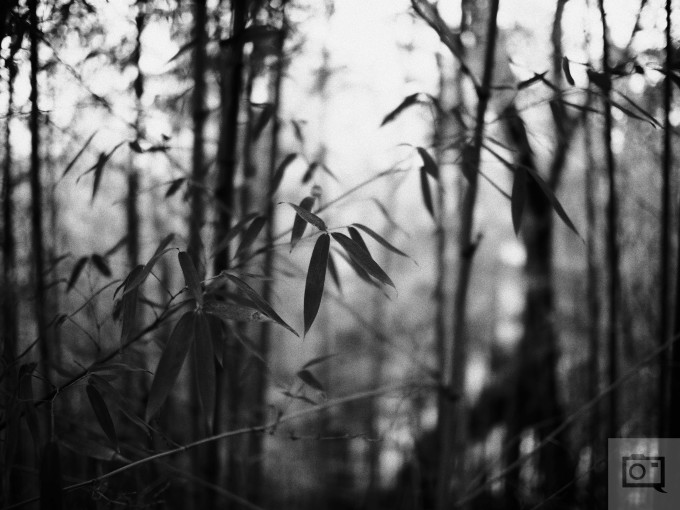
There were and probably still are a lot of concerns with Olympus moving up to a 20MP Four Thirds sensor from 16MP. Anytime anyone upgrades, there are usually some sort of high ISO noise problems but traditionally, that hasn’t been the case with Olympus. Instead, the problems come with issues involving the processor.
Overall though, the Pen F makes no compromises and the image quality is very, very solid.
JPEG Output
The color JPEG output is very good, but it can’t hold a candle to the black and white output. Having a film look like Ilford Delta 400 is pretty much my dream. Then you can add the according amounts of grain. These are the most film-like JPEGs I believe I’ve ever seen.

In fact, I’ll offer a fair warning: fi you start shooting in black and white, you may not want to stop.
High ISO Output
At ISO 6400, the above image is what the photo looked like right out of the camera. At ISO 6400, the noise isn’t that bad. The details surely are there. Sure, you can see some noise, but it’s very easily removed in post-production. Not only is the noise removed, but the output is very versatile.
Here’s the same image with some editing. It’s got a very unique, bleached look that some may embrace and other may not like.


Overall, the Olympus Pen f handles high ISO results well. But to be honest, I think that when shooting JPEG files in black and white that you’ll want to embrace the grit and grain. Yes, indeed, you may want more noise.
RAW File Versatility


We already showed off a bit of what’s possible with RAW file versatility in the high ISO section. But here’s a bit more. A fair amount of details are recoverable, though I will admit that much more can be recovered from the shadows than the highlights. For that reason, you’ll probably want to expose and be more partial towards the highlights than the shadows since you know you can get them back with ease.
Extra Image Samples

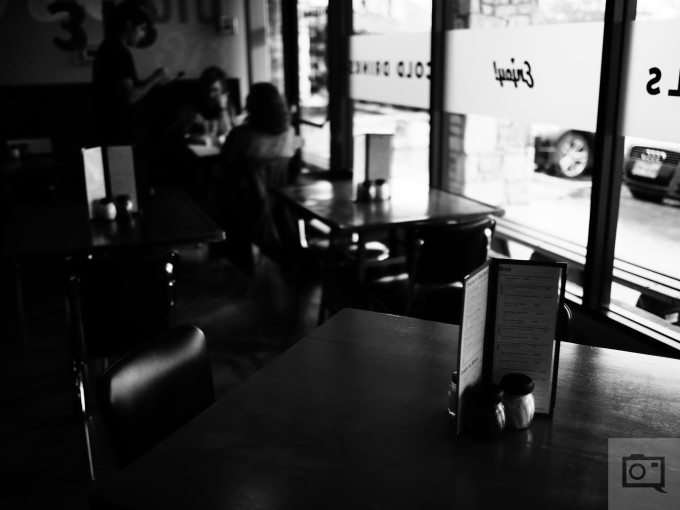


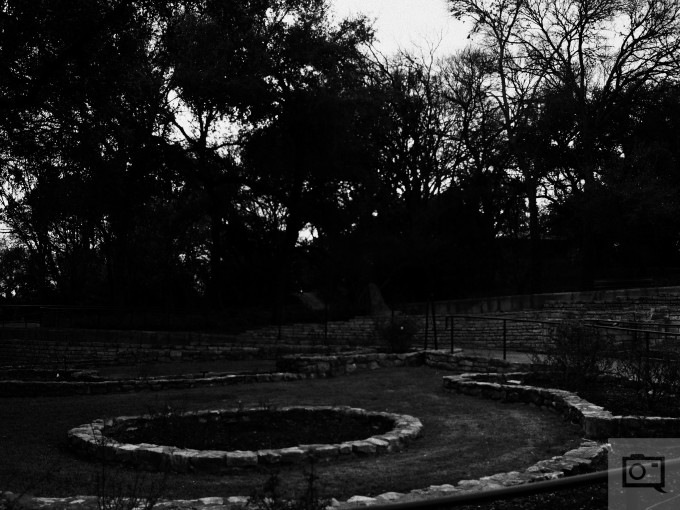
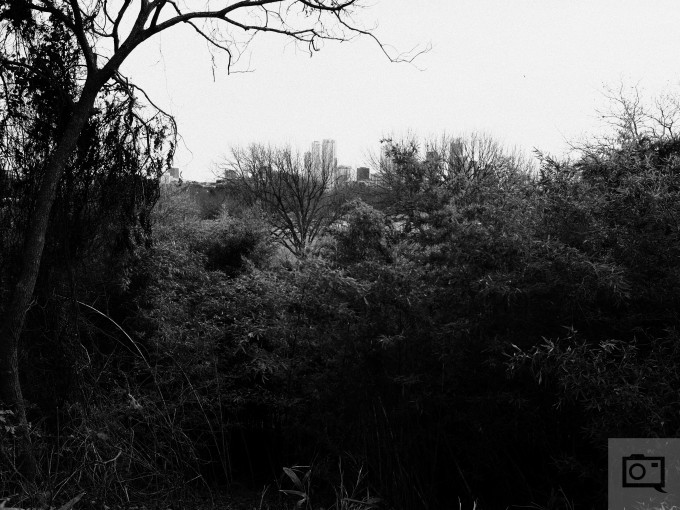

Conclusions
Likes
- All of the things
- All of them
- No really
- All of the things
- Autofocus speed, black and white film rendering, RAW file versatility, how low the high ISO noise is, the handling, etc.
- Incredibly beautiful camera. It’ll turn heads.
Dislikes
- I’m a bit torn on whether the price is a good point or not.
- No weather sealing
- Wish the battery life were better
The Olympus Pen f has a heck of a lot going for it. Amongst the good things: stellar autofocus in most situations, great high ISO output, pretty versatile RAW files, incredibly almost perfect ergonomics, a great EVF and LCD screen, and the list can go on. In many ways, it’s the almost perfect camera for many photographers. Sure, there are a bunch of snobs that say “I want full frame.” And for those, I honestly say you should stop complaining and get a Lomography LCA 120 instead. Not only is the Pen F capable, but it’s also got incredible handling if that hasn’t been said enough. On top of that, I’ll always tell someone that it’s never about the gear, it’s how you use it.
To that end, the Pen F gives the user an incredible user experience after you’ve customized it to do what you want.
Where it falls short has to do with the lack of weather sealing: which I believe would completely justify the pricing. In fact, I’d pay $100 or $200 more if that were included.
The Olympus Pen F is awarded the Phoblographer’s Editor’s Choice rating as well as five out of five stars. Want one? The camera typically goes for $999 at Adorama. Check for the latest price.
Recommended Lenses and Accessories
Voigtlander 17.5mm f0.95: No questions, one of the best lenses available for M43.
Olympus 25mm f1.8: Fast to focus, and with a 50mm field of view, you’ll find yourself hard pressed to get something better.




